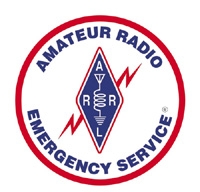Lessons Learned (After Action Reports)
An after-action report is a strategic document used by internal stakeholders to summarize observations and key takeaways following a drill or an actual event that impacts Adams-Arapahoe County ARES. The exercise objectives are to ascertain vital details such as how the event went, what went well, and areas for improvement, and it suggests a concrete plan for improving the response should another similar incident occur. Running practice drills and creating an after-action report will allow your organization to identify gaps in our response plans, learn from our mistakes or oversights, and be better prepared before we are in the midst of an actual emergency.
These reports usually entail meeting with stakeholders to discuss and solicit feedback about the drill or exercise. This is very similar to the after-action review process, which also details an event and discusses the response. However, where reviews are usually kept to just a meeting—either formal or informal—and discussion, an after-action report serves as the document of record that breaks down action items and improvement plans.
After-action reports are used commonly in many organizations, primarily by safety and business continuity professionals. They are an essential tool used to reflect on preparedness drills and support emergency management by ensuring that the business is ready and has learned from past mistakes before an emergency occurs.
After Action Reports
1998 ARRL Simulated Emergency Test
1998 Odyssey of the Mind Regional Competition
1999 ARRL Simulated Emergency Test
2001 Destination Imagination Competition
2001 Regional Band Competition
2002 Destination Imagination Competition
2002 Severe Weather Activation
2002 Severe Weather Activation
2002 ARRL Simulated Emergency Test
2003 ARRL Simulated Emergency Test
2004 ARRL Simulated Emergency Test
2024 ARRL Simulated Emergency Test

